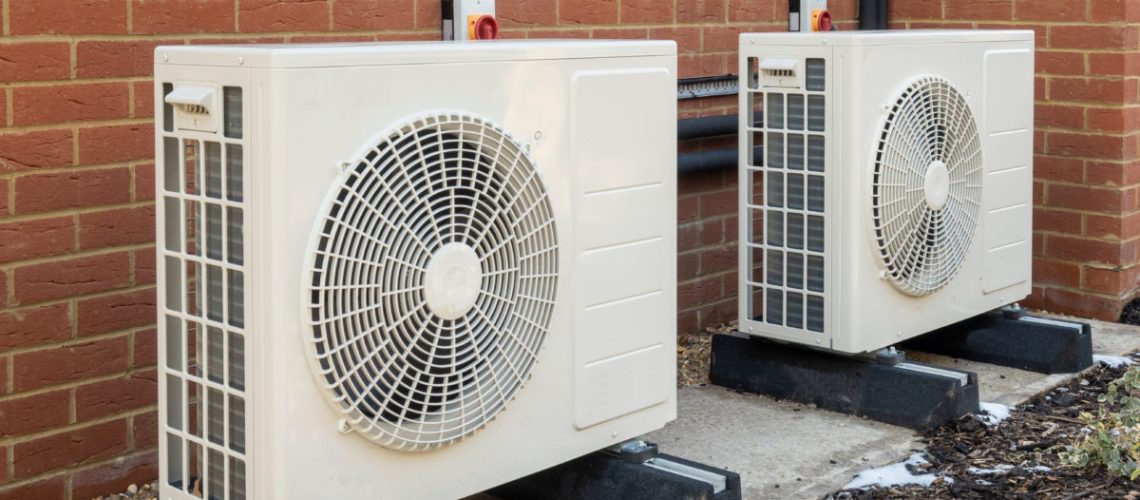The new funding, governed by the Inflation Reduction Act, is to be used to build a clean energy economy, create new manufacturing jobs and helping families save money on their energy bills.
A key focus of the transition to clean energy is the conversion of conventional heating, air conditioning and ventilation (HVAC) systems from gas or fossil fuel-sourced systems to all-electric heat pumps.
As part of Biden Administration’s Investing in America program, the U.S. Department of Energy (DOE) announced $250 million in federal funding opportunity to incentivize the domestic heat pump manufacturing in the U.S.
This is the first funding opportunity announcement stemming from DOE’s new authorization, invoked by President Biden over the summer of 2022, to use the Defense Production Act (DPA) to increase domestic production of five key clean energy technologies, including electric heat pumps.
The new funding, which is governed by the Inflation Reduction Act of August 2022, will be used to build a clean energy economy, create new manufacturing jobs and help families save money on their energy bills. Increased use of heat pumps for heating and cooling will help lower energy costs for more American families and businesses, and create healthier indoor spaces through American-made clean energy technologies.
“Electric heat pumps offer a cheaper, more reliable option for heating and cooling that isn’t prone to dramatic price swings and helps to strengthen the nation’s energy independence.,” said U.S. Secretary of Energy Jennifer Granholm.
The heating and cooling of buildings, homes, offices, government and municipal facilities consumes more than 40% of all U.S. energy. Heat pumps transfer heat rather than generate heat, making the technology applicable across all climates without reliance on home heating oil, gas or other fuel sources. One of the downsides to heat pumps has been that they didn’t operate well in cold climates. To help advance the technology, the DOE launched the Cold Climate Heat Pump Challenge. Recently Rheem announced an air-source heat pump that passed the Heat Pump Challenge, providing uninterrupted heating under -22.9 F ambient conditions.
The DOE is extending applications to manufacturers interested in creating new U.S. facilities or expanding existing production capacity to develop more electric heat pump systems, components, and materials. The department is seeking projects that will:
- Construct new commercial-scale facilities or expand existing facilities to create new or additional domestic production capability
- Retool or retrofit existing commercial-scale facilities to transition manufacturing from non-heat pump HVAC systems and/or water heating equipment to produce electric heat pump materials, heat pump components, and heat pump systems
- Invest in the clean energy manufacturing workforce by providing good-paying, union jobs
Concept papers, required by all applicants, are due by May 19, 2023, 5 p.m. ET. Full applications are due by August 1, 2023, 5 p.m. ET.
The DOE’s Office of Manufacturing and Energy Supply Chains (MESC) manages the DPA heat pump activities. Click here to learn more about the MESC’s mission to strengthen and secure domestic manufacturing and energy supply chains to modernize nergy infrastructure and support a clean and equitable energy transition.
Also read What are the upfront and lifetime costs of heat pumps?



